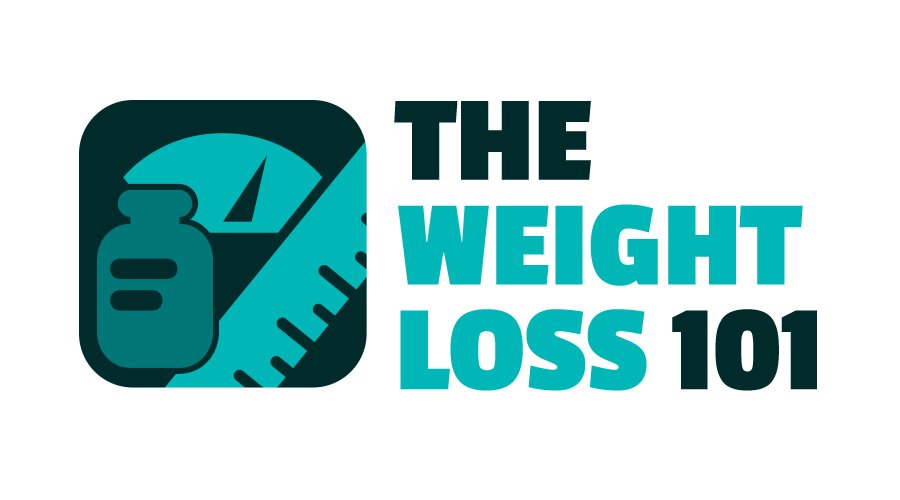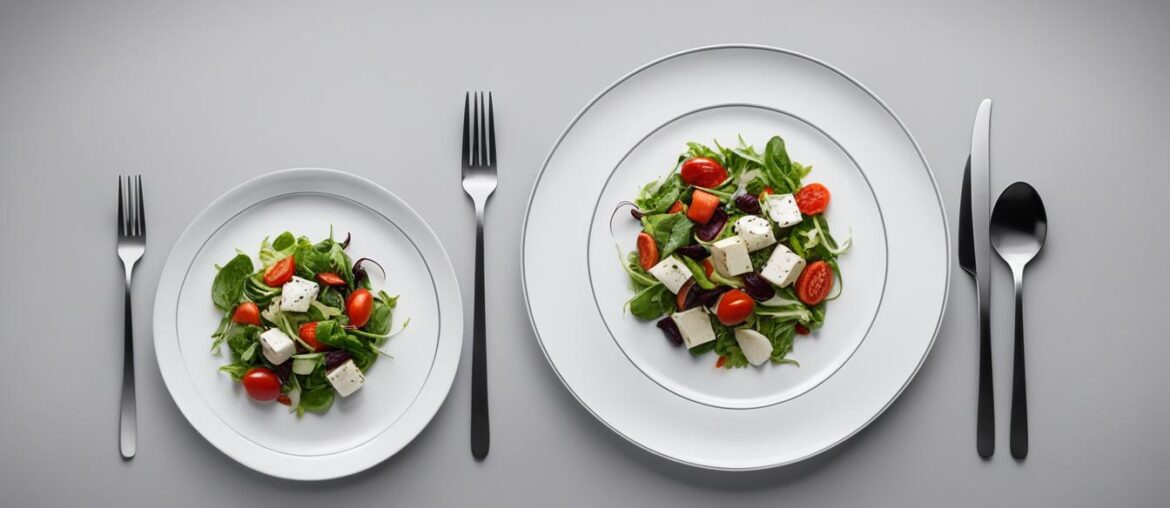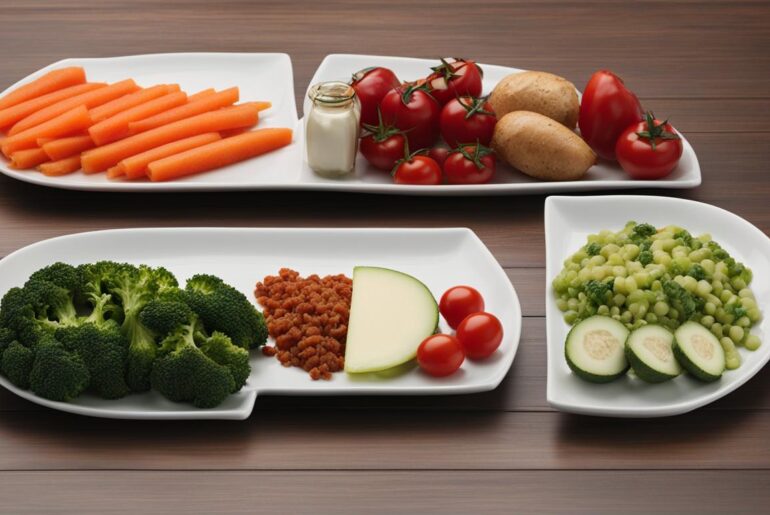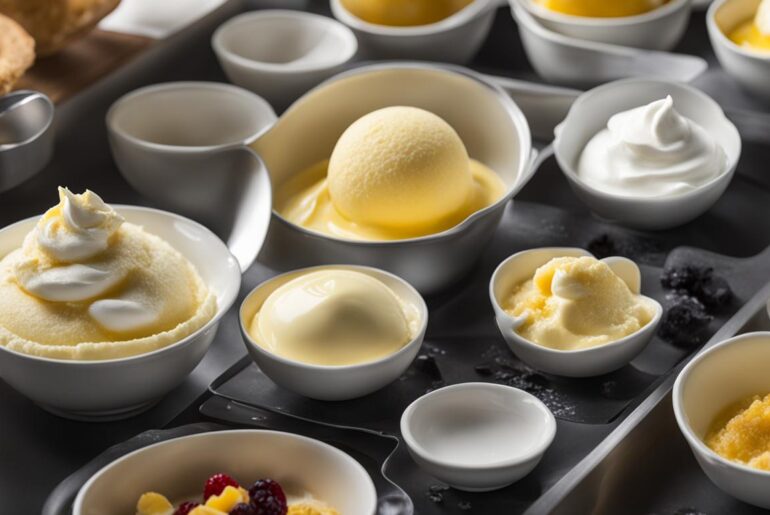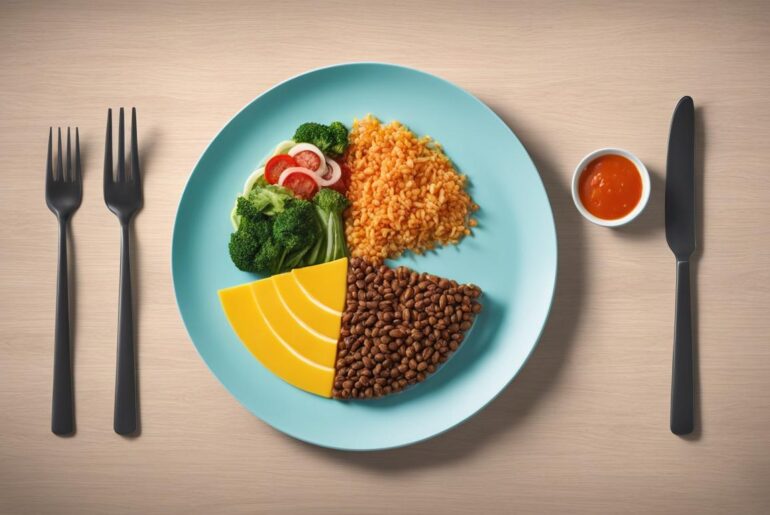I have always been mindful of my portion sizes when it comes to maintaining a healthy diet. One strategy that has been particularly effective for me is choosing the right plate size for portion control. Research has shown that the size of our plates can significantly influence how much food we consume. By using the ideal plate size for portion control, we can visually manipulate our perception of food and make conscious choices about our portion sizes (check out my post on ideal plate size here).
When we use a smaller plate, we naturally limit the amount of food we can put on it. This prevents us from overloading our plates and encourages us to manage our portion sizes more effectively. On the other hand, when we place a standard-sized portion on a larger plate, it can appear small and leave us feeling unsatisfied.
Key Takeaways:
- Using a smaller plate can help with portion control by visually manipulating our perception of food.
- Avoid overloading your plate and manage your portion sizes effectively by using a smaller plate.
- Be selective with seconds and avoid doubling up on carbohydrates to maintain portion control.
- Using measuring cups and checking food labels can provide valuable information about portion sizes.
- Follow the 20-minute rule and wait before reaching for a second helping, as it takes time for the body to feel full.
The Influence of Plate Size on Portion Control
Research suggests that the size of our plates plays a significant role in our portion control habits (check out my post on portion control habits here). Choosing the right plate size is essential for managing portion sizes effectively and promoting healthy eating habits (check out my post on managing portion sizes here).
When we use larger plates, the amount of food on the plate can appear small, leading us to subconsciously serve ourselves more and ultimately overeat. On the other hand, using smaller plates creates an optical illusion of more food, helping us feel satisfied with smaller portions.
To aid portion control further, portion control plates have been developed (see my post here). These specially designed plates come with visual cues that guide appropriate portion sizes, making it easier to allocate the right amounts of food to different sections of the plate, such as fruits and vegetables, protein, grains, and fats.
Using smaller plates creates an optical illusion of more food, helping us feel satisfied with smaller portions.
By using the recommended plate size for portion control, individuals can visually manipulate their perception of food and make conscious choices about portion sizes. This approach can be especially helpful for individuals who struggle with overeating or have difficulty gauging appropriate portion sizes.
To illustrate the impact of plate size on portion control, consider the following table:
| Plate Size | Visual Perception | Portion Control |
|---|---|---|
| Large Plate | Food appears small | May lead to overeating |
| Small Plate | Food appears abundant | Can help with portion control |
| Portion Control Plate | Visual cues guide portion sizes | Facilitates portion control |
As shown in the table, plate size has a significant influence on our visual perception and portion control habits. Choosing the right plate size, whether it’s a smaller plate or a portion control plate, can make a positive impact on our overall eating habits.
Using Hands and Water to Control Portions
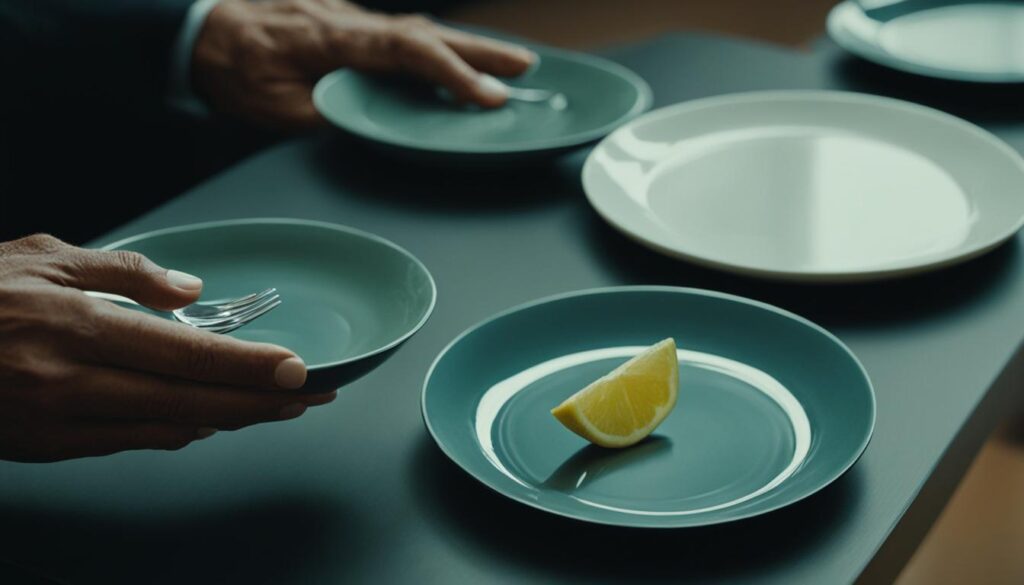
Another effective method for portion control without the need for measuring tools is to use your hands as a serving guide. Different food groups can be assessed based on the size of your palm, fist, thumb, and cupped hand. This practical approach can provide a rough estimate of appropriate portion sizes for proteins, vegetables, carbohydrates, and fats.
To give you a better idea, here is a quick guide:
- Palm: A palm-sized portion of lean protein, such as chicken breast or fish, is about 3-4 ounces. This can be a good starting point for balancing your plate.
- Fist: A fist-sized portion of vegetables or grains is roughly equivalent to one cup. Fill your plate with colorful vegetables to add volume without excess calories.
- Thumb: A thumb-sized portion of healthy fats, like nuts or avocado, is around one tablespoon. Including some healthy fats in your meals can help you feel more satisfied.
- Cupped Hand: A cupped hand can be used as a measure for calorie-dense foods, such as dried fruits, granola, or pasta. Limiting these portions can help control calorie intake.
Using your hands as a portion size visual guide can be a convenient tool for regulating your plate sizes and maintaining portion control.
“Using your hands to estimate portion sizes is a simple and practical way to manage your meals without relying on measuring tools. It helps you visualize appropriate amounts for proteins, vegetables, carbohydrates, and fats.”
Additionally, to further support portion control, consider adopting the habit of drinking a glass of water before each meal. Water helps to fill you up, reducing hunger and preventing overeating. Research has shown that individuals who drink water before meals consume fewer calories and experience greater feelings of fullness, leading to better portion control.
By incorporating these strategies into your daily routine, you can effectively manage portion sizes and promote healthy eating habits.
Controlling Portions When Eating Out
Eating out at restaurants can present challenges for portion control, as many establishments offer oversized portions. To manage portions when eating out, I recommend the following strategies:
- Ask for a half portion or a children’s dish. This allows you to enjoy a smaller portion size without feeling overwhelmed.
- Share a meal with someone. Splitting a dish with a friend or family member not only saves money but also helps control portion sizes.
- Order a starter and side instead of a main dish. This allows you to sample different flavors without consuming excessive amounts of food.
- Opt for a side salad or vegetables. These options are typically lower in calories and can help fill you up without overindulging.
- Ask for sauces and dressings to be served separately. This gives you more control over how much you add to your meal.
- Avoid buffet-style restaurants. The unlimited options and large quantities of food can make it difficult to practice portion control.
By being mindful of portion sizes when dining out, you can still enjoy meals while avoiding overeating.
If you’re dining out, be conscious of your plate size and make wise choices to maintain portion control. Remember, it’s not just about what’s on your plate, but also how much of it you consume.
Using portion control plates can also be helpful when eating out. Portion control plates are specifically designed to guide you in allocating appropriate amounts of food to different sections, such as fruits and vegetables, protein, grains, and fats.
Conclusion
Portion control is an essential aspect of managing weight and promoting healthy eating habits. By using the best plate size for portion control, individuals can visually manipulate their perception of food, choose appropriate portion sizes, and feel satisfied with their meals.
Whether using smaller plates, portion control plates, or measuring tools such as hands and water, implementing these strategies can help individuals make conscious choices about their portion sizes. By understanding the influence of plate size on portion control and practicing mindful eating, individuals can take control of their dietary habits and effectively manage their weight.
By incorporating these portion control techniques into their daily routine, individuals can develop healthier eating habits and achieve their weight management goals (check out my post on portion control techniques here). So, if you’re looking to improve your portion control and maintain a healthy lifestyle, consider starting with the right plate size for portion control and see the positive impact it can have on your overall well-being.
